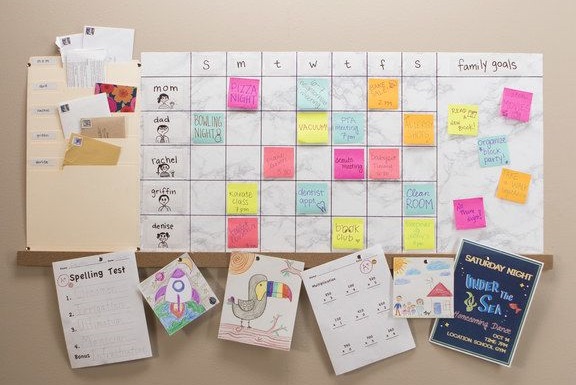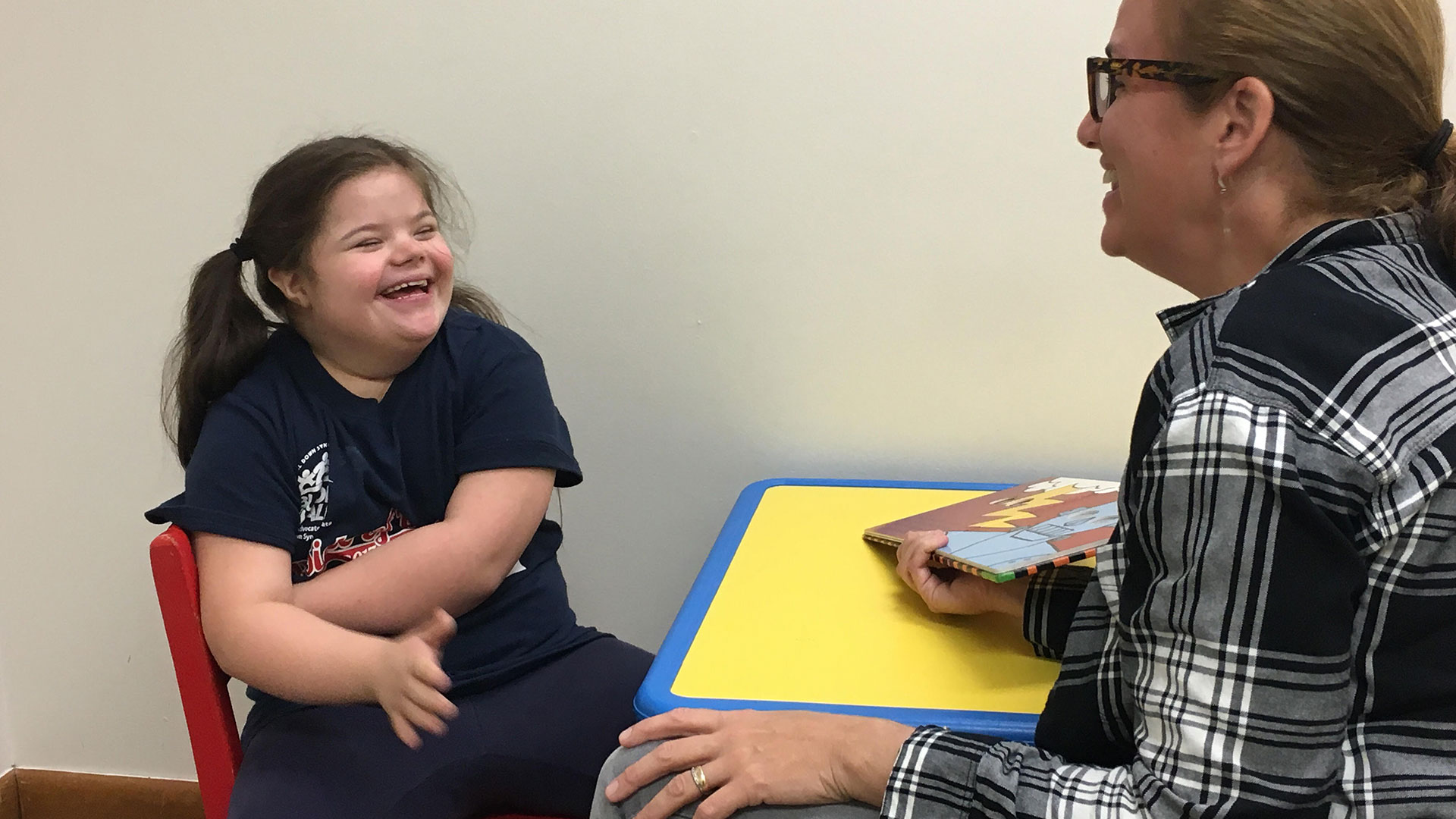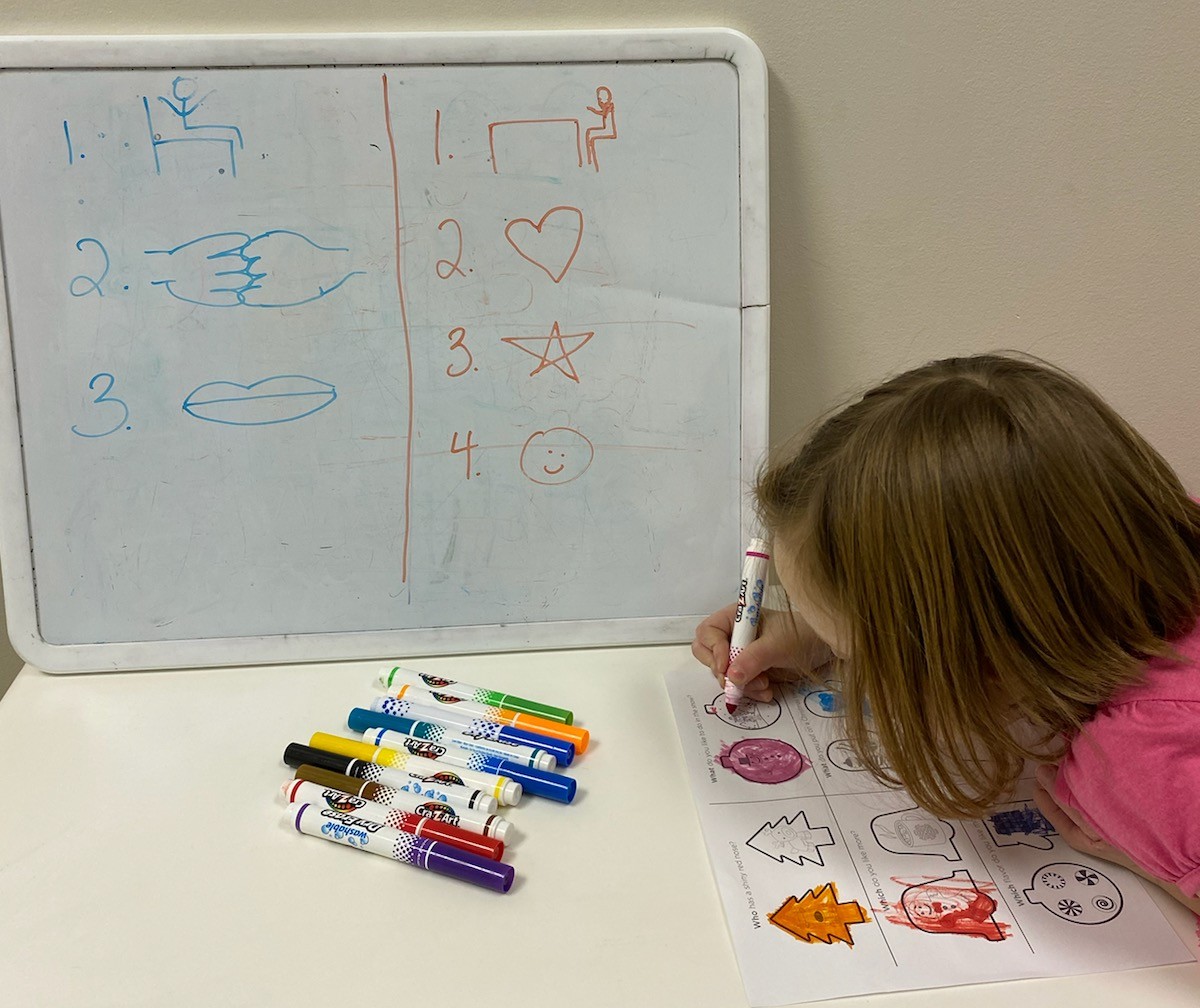For families with a child on the special needs, celebrating Thanksgiving may require some thoughtful preparation to ensure a comfortable and enjoyable experience. Here are some tips to help you prepare for a meaningful holiday celebration.
Continue readingHow to Survive After School Routines: A Guide for Parents
The after-school hours are a crucial time for reinforcing what your child has learned in school, but they’re also an opportunity for growth in other areas. We’ll share some practical tips to help you and your child navigate these busy hours.
Continue readingThe Importance Of Private Speech Therapy: Important To Consider
Many children receive speech therapy services at school, but onsidered augmenting these services with private speech therapy. In addition to school-based services, private speech therapy can make a significant difference in your child’s progress.
Continue readingNew School Year: A Guide for a Smooth Start
Preparing for a new school year can be both exciting and overwhelming. With a bit of planning and some practical tips, we can make this transition smoother and more enjoyable for both you and your child.
Continue readingHow to Communicate When Your Conversation Partner Uses a Communication Board
Effective communication is essential for connecting with others, sharing ideas, and building relationships. For individuals using speech-generated devices (SGDs) or communication boards, interaction can be a bit different.
Continue readingDaylight Saving Time: How to Helping Children Adjust
Tips to help children adjust to the time change.
Continue readingFollowing Your Schedule: How to get Back on Track
Holidays can be a time when the normal routine is disrupted. It’s time to get back on track and follow your daily routine.
Continue readingTeletherapy Tips for Families
As we are all beginning to adjust to teletherapy as well as online or elearning, we thought it best to share some tips to make you and your loved ones time in therapy, albeit significantly different than ever before, more successful.
- Count on some sort of technology failure – if you count on the fact that the mic won’t turn on or your wifi will be running slow, you won’t panic when it does happen. If there is a technology failure (on your side or on the therapist’s side), the first thing to do is breathe. Next calmly begin to troubleshoot. Prior to the appointment, you may want to trial the mic and speakers on the device you intend to use for therapy. If your bandwidth on your wifi is slow, as those in your home to stay off the network or not engage in activities (streaming videos) that use a lot of bandwidth. If the session can’t happen, you can reschedule. Flexibility is key.
- Create a “Therapy Space” or designate a “Therapy Space” for the duration of the session. You may want to create a ‘Therapy in Session’ sign with your loved one and hang it on the door of the room you are in for the session. If you will be in a shared living area, you may want to consider the use of a headphone and mic combination. This will decrease the amount of background noise your loved one will hear as well as the therapist. Consider scheduling therapy at a time when others in your family would be napping or engaged in more quiet activities as well. Creativity is key.
- Count on staying with your loved one for the onset of the therapy session. For individuals that may need support to pay attention, consider this time extra snuggle time. Have your loved one sit on your lap or very close to you during the session to help guide her/his attention to the therapist. This is time for your loved one to receive the critical therapy services needed as well as a time for YOU to better understand the techniques used to elicit specific behaviors, actions, and sounds from your child. Teamwork is key.
- Listen to the therapist and therapy session. Remember, this is your loved one’s therapy time, not necessarily yours. While it may be hard, refrain from answering the therapist’s questions for talking for your loved one. You may consider the situation/task that the therapist is asking your loved one to do is too difficult, but creating these situations to ‘push’ your loved one to the next level is necessary in progress towards mastery of goals. Trust is key.
- Carryover of all the new skills learned during the therapy session (both for you and your loved one) is extremely important for everyone! You will have new skills to support your loved one as he/she works on speech-language skills. Share what you have learned with others in your family. Help everyone realize the necessary supports to help your loved one succeed. Practice is key.
Keeping in mind the importance of flexibility, creativity, teamwork, trust and practice will ensure your loved ones success with this different approach to speech-language therapy.
More information about the telepractice services offered at Lakeshore Speech can be found at www.lakeshorespeech.com/telepractice or by calling 1-440-417-4190.
Yours in Speech,
Lakeshore Speech Therapy, LLC
Practice Makes Permanent
We’ve shared the idea of “practice makes permanent’ in previous posts. This technique is ever important when preparing for an evening of ghosts and goblins and candy acquisition – aka, Halloween. You may think it’s too early and there are so many days to prepare before the end of the month, however we all know how quickly the days fly.
Practicing for an evening of trick-or-treating does not have to look like ‘practice’ or be announced as such. Take a walk on the trick-or-treat route you intend to follow during the day. Make sure to point out various landmarks as well as the changes (different decorations, leaves falling off the trees, etc.). Expand that practice walking the route as it begins to get dark, note the street lights turning on as well as pointing out how the houses may look different, but are the same during the day or night. If your loved one enjoys a good map, make a map of your route and fill in the landmarks together.
As the day draws closer, practice trick or treating from room to room in your house. Close the bathroom door and have your loved on practice trick-or-treating for toothpaste or a toothbrush. While it sounds silly, it’s a safe non-pressured way to practice this exchange as well as gives you a marker for future experiences (“Remember how we did this at home for toothpaste?”). Trick-or-Treating for everyday items (ie: while getting dressed or cleaning a room) may also be the ticket for ‘fun’ buy in for a less enjoyable activity.
Share with neighbors and family the ‘practice makes permanent’ theory and request a practice time that is more similar to the actual event. While your loved one may need a few rounds of practice, it will soon make sense how the exchange of events will occur and the pay-off is well worth the time invested in practicing. Note: the pay-off does not necessarily need to be candy. While candy may be a delight and preferred, practicing these skills can result in the acquisition of other items not necessarily of the sugar food group sort.
A final round of practice making permanent may be partaking in some of indoor or less conventional trick or treat options in the area. Here are a few links that may help in planning these practice sessions:
- Family-Friendly Halloween & Fall Events in Northeast Ohio
- The Best Kid-Friendly (Non-Scary) Halloween Events in Northeast Ohio
We’ve said it once and we’ll say it again, practice makes permanent which can significantly decrease unexpected behaviors which creates a less stressful situation for EVERYONE to enjoy!
Yours in Speech,
Lakeshore Speech Therapy, LLC
It’s All Routine
This month we’ve focused on schedules and free activities to fill those schedules. This week we are discussing routines and the importance of routines related to speech-language development. Personal, familial, classroom, or therapy routines provide a framework of certainty. Within these routines are the skills and expectations that help to introduce and maintain speech-language skills, social pragmatic skills and increased independence with executive functioning skills.
Take a moment and replay your morning routine back in your head. Do you brush your teeth before you wash your face? Do you take a medication right away or do you take it with your first cup of coffee? It’s easy to picture yourself completing your morning routine and if something is off, you know it immediately.
Routines for infants and toddlers provide a number of opportunities to practice important speech-language and social skills. Anticipating the steps, sequencing steps, learning the vocabulary associated with the steps are all skills infants and toddlers need to develop meaningful associations with language and action. Daily routines provide the repetition of vocabulary and actions leading to independent participation in these routines.
Routine for school aged children can provide a calming environment for anticipating activities as well as expectations throughout the day. Similar to infants and toddlers, sequencing steps, learning vocabulary and making associations provides the foundation for increasing successful independence throughout the day. Routines also give the child the opportunity to learn the expected behaviors and unwritten social rules in a repeat practice setting. Daily routines facilitate conversations between child and adult to specifically explain and model appropriate social and behavioral expectations.
Routines for older children and young adults create a setting where focus can be more on new skills and independence versus the actual steps. These routines are not only part of the day, but provide the opportunity to increase independence and demonstrate expected behaviors and social skills which should be the focus of mastery for young adults. Routines at this age also provide opportunities for increased independence imperative for vocational and secondary education settings.
Individuals who have tendencies to become rigid regarding implementation and execution of routines, such that any variation creates adverse behaviors need to have their routines continuously changed. This does not mean the target task or activity needs to change, however change when the task or activity occurs. For example, night time routine might go tv time -change in pjs – brush teeth – book time – lights out. Consider changing to book time – brush teeth – change in pjs – tv time – lights out or some variation. You know your loved one best and will be able to determine how often the change needs to occur.
If you have any questions or need a sounding board regarding routines, please reach out to your speech-language pathologist.
Yours in Speech,
Lakeshore Speech Therapy, LLC











